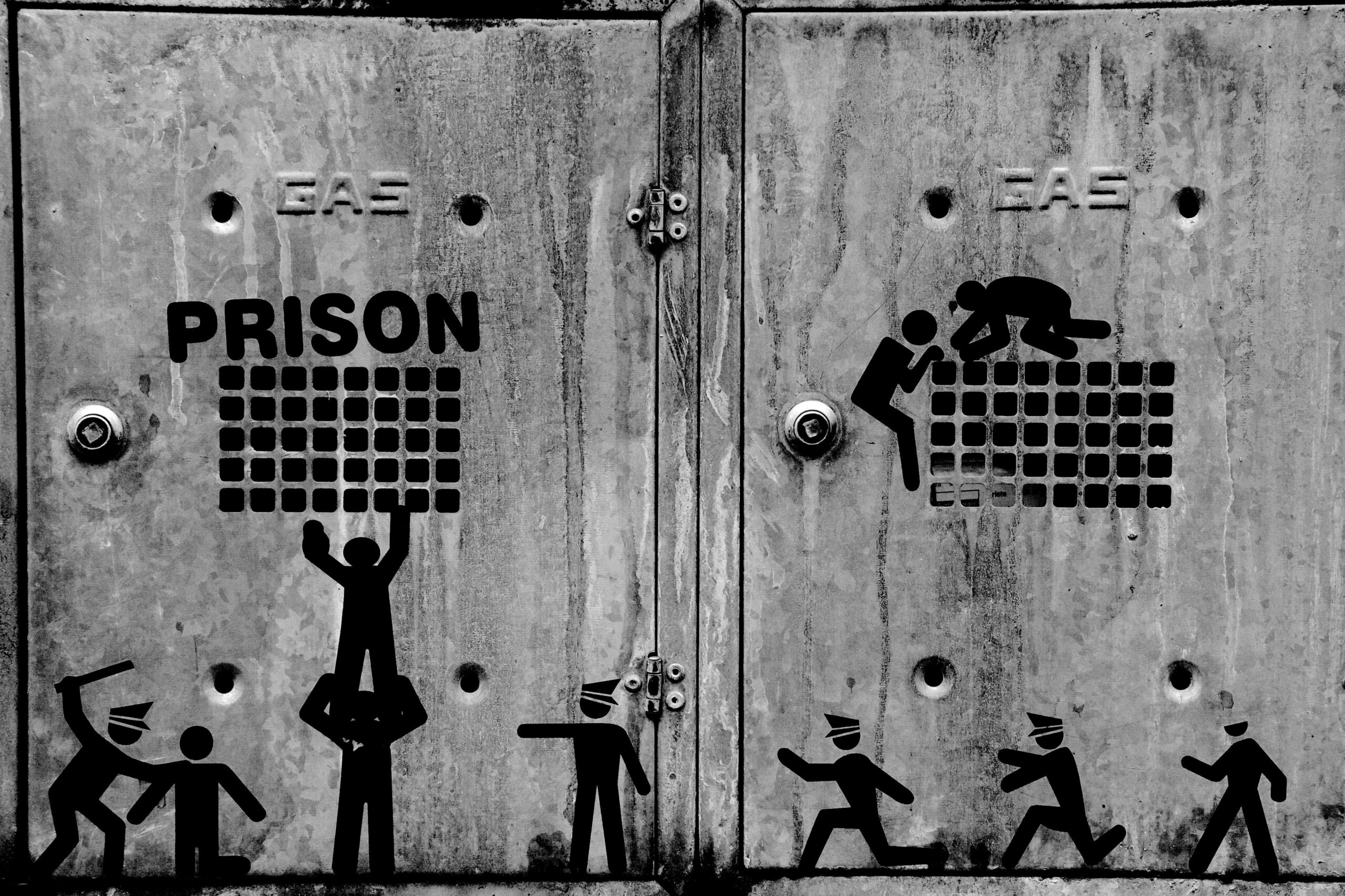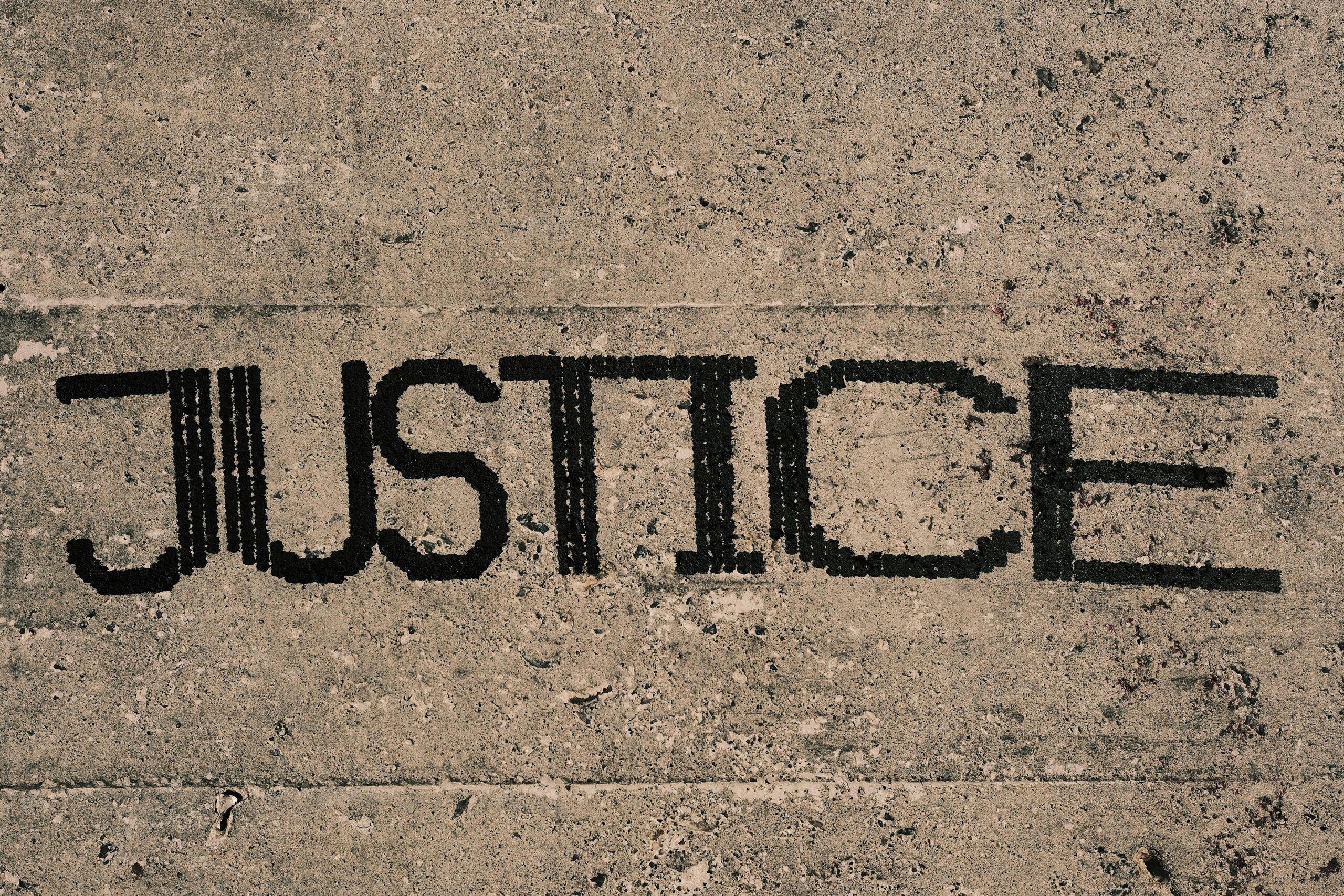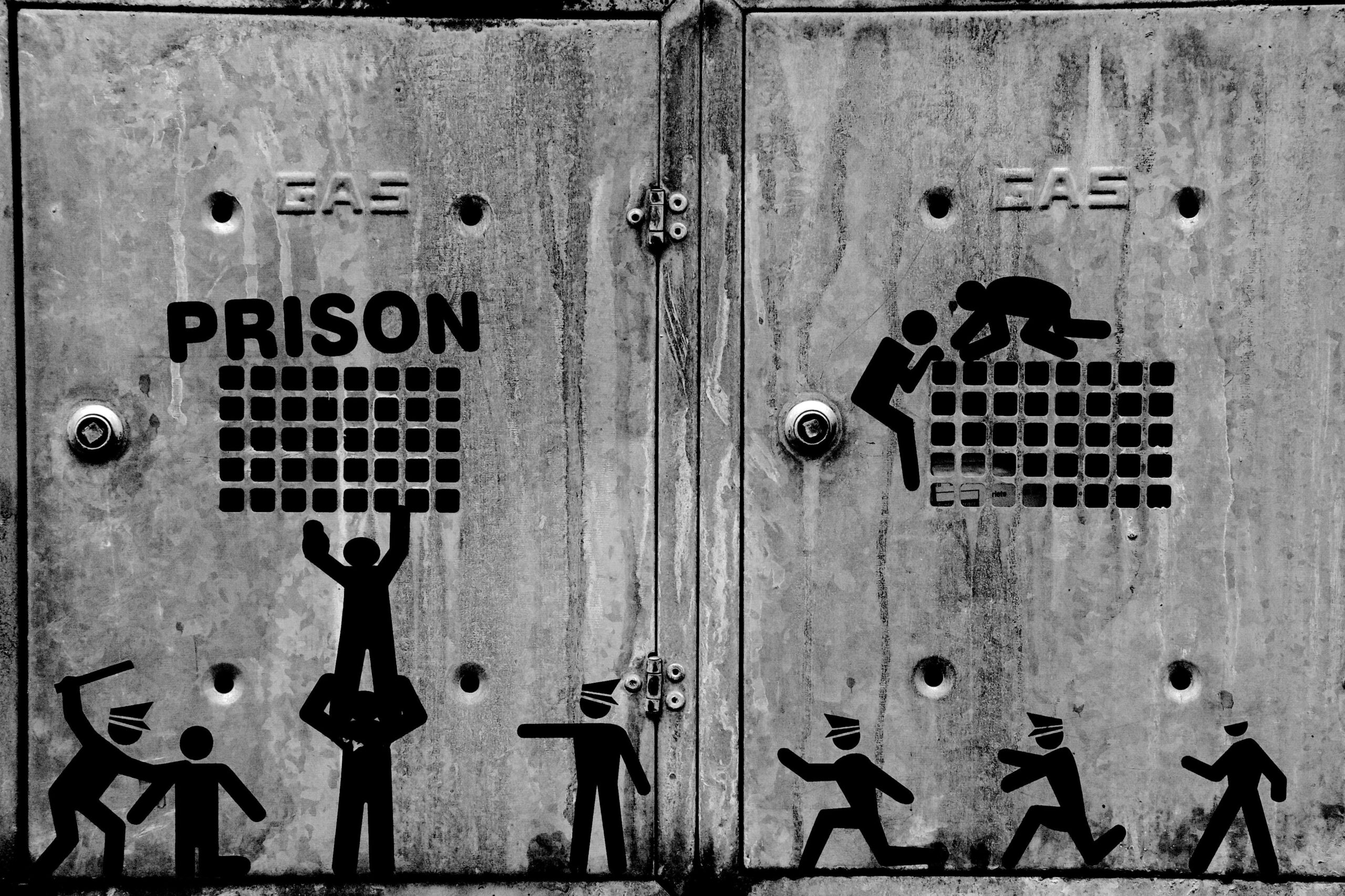Why do corporate executives so often walk away with hefty fines but rarely face jail time? It’s a question that sparks curiosity and frustration in equal measure. When scandals hit the headlines, the public demands accountability—but somehow, the courtroom drama that unfolds rarely ends with serious prison sentences for top brass. Instead, we see companies slapped with multimillion-dollar fines, while the executives responsible appear to sidestep the harsher consequences. In this article, we’ll dig into the reasons behind this curious phenomenon, exploring the complex legal, financial, and social factors that allow execs to escape jail time—and what it means for justice in the corporate world.
Table of Contents
- Why Corporate Fines Often Feel Like a Slap on the Wrist
- The Legal Loopholes That Shield Executives from Jail
- How Public Perception Shapes Punishments in White-Collar Crime
- Reforming Accountability What Changes Could Actually Hold Execs Responsible
- To Wrap It Up
Why Corporate Fines Often Feel Like a Slap on the Wrist
Corporate fines, while often reaching staggering sums, can sometimes feel like a mere cost of doing business rather than a serious punishment. This perception arises because these fines rarely target the individuals at the helm, allowing executives to walk away relatively unscathed. Companies have often budgeted for such penalties as operating expenses, which dilutes the consequences. Meanwhile, shareholders and consumers bear the brunt indirectly, yet the decision-makers behind these violations seldom face personal accountability or public shame.
Several factors contribute to why financial penalties seem insufficient in deterring corporate misconduct:
- Complex legal frameworks: Laws are designed in ways that make it harder to pin direct criminal responsibility on executives.
- Negotiated settlements: Companies often settle out of court, avoiding protracted trials that could expose executive culpability.
- Resource imbalance: Corporations use their vast legal and financial resources to influence outcomes favorably.
- Lack of personal penalties: Fines hit the corporation’s bottom line, not the personal finances of executives.
These dynamics collectively create an environment where fines feel insufficient—a mere slap on the wrist—prompting the question: if money isn’t enough to ensure justice, what will be?
The Legal Loopholes That Shield Executives from Jail
When high-level corporate wrongdoing comes to light, the fallout often hits the company’s pockets rather than its boardrooms. This disparity largely stems from the intricate web of legal protections designed to insulate executives from personal liability. These protections range from ambiguous statutory interpretations to procedural hurdles that make it difficult to pin criminal responsibility on individual leaders. In many cases, the law favors the entity—corporations being treated as separate “persons”—which means fines and settlements flow outward, while personal culpability remains elusive. This legal framework inadvertently creates a protective bubble, where the most senior decision-makers can evade direct consequences, even when oversight fails spectacularly.
Consider how often corporate penalties come in the form of financial fines levied against the company itself, rather than criminal charges against the individuals in charge. Courts and prosecutors often face challenges such as proving intent beyond reasonable doubt, navigating complex corporate structures, and battling high-powered legal teams skilled in creating reasonable doubt. Add to this the fact that many executives enjoy indemnity clauses and settlements that specifically cover legal fees and damages, their personal risk diminishes further. Some common tactics include:
- Delegation of blame to lower-level managers as a shield.
- Ambiguous corporate policies that diffuse responsibility.
- Lengthy investigations that weaken evidence over time.
All these factors combine to form a labyrinth of legal loopholes that favor financial penalties over jail time, leaving many questioning whether the balance of justice is truly served when corporate misconduct runs rampant at the top.
How Public Perception Shapes Punishments in White-Collar Crime
Public opinion plays a pivotal role in shaping the punitive measures meted out in white-collar crime cases. When the general populace views financial misdeeds as less harmful compared to violent crimes, the justice system often leans toward penalties that appear less severe—like hefty fines or corporate sanctions—instead of jail sentences for executives. This perception stems from an underlying belief that economic crimes, while damaging, are more technical and sometimes unintentional, reducing the perceived need for imprisonment. As a result, many executives escape harsh prison terms, reinforcing a cycle where monetary restitution is viewed as a sufficient deterrent.
Moreover, the influence of corporate power and media portrayal often tilts public sentiment in favor of leniency. Executives are frequently portrayed as visionary leaders who made mistakes rather than criminals deserving jail time. This narrative leads to a societal bias that values economic stability and job preservation over strict accountability. We often see:
- Sympathy towards executives as innovators and risk-takers.
- Underestimation of the victims’ suffering or the broader economic damage.
- Preference for fines viewed as less disruptive to businesses and markets.
This complex dynamic between public perception and punishment contributes significantly to why corporate fines have become the default response, leaving jail time as an infrequent consequence for those at the helm of white-collar crime.
Reforming Accountability What Changes Could Actually Hold Execs Responsible
Holding executives accountable requires a fundamental shift in how corporate misconduct is addressed. Currently, monetary fines are the preferred tool, yet they rarely impact the individuals behind poor decisions. To change this dynamic, there must be clear legal pathways that connect executive actions directly to personal consequences. Stricter regulations allowing for criminal liability in cases of gross negligence or intentional wrongdoing would help bridge the gap between corporate penalties and individual accountability. Moreover, mandating transparent reporting standards and independent oversight can deter executives from hiding behind complex corporate structures.
Beyond legal reforms, cultural change within corporate governance is essential. Boards and shareholders need greater power and incentive to enforce ethical behavior at the top. This could include:
- Automatic suspension of bonuses and stock options when executives are implicated in corporate malfeasance
- Enhanced whistleblower protections ensuring insiders can expose wrongdoing without retaliation
- Public disclosure of executive misconduct that impacts their reputation and career prospects
Such strategies collectively create an environment where executives face tangible consequences, not just corporate fines, effectively dismantling the shield that currently allows many to evade jail time.
To Wrap It Up
As we’ve seen, the complex interplay between legal frameworks, corporate influence, and enforcement priorities often tips the scales in favor of hefty fines over jail time for executives. It leaves us wondering: Are these penalties truly enough to hold powerful individuals accountable, or just a cost of doing business? While the debate continues, one thing is clear—understanding why execs often escape jail is the first step toward demanding a justice system that works equally for all. Stay curious, and keep questioning the forces that shape our corporate world.











